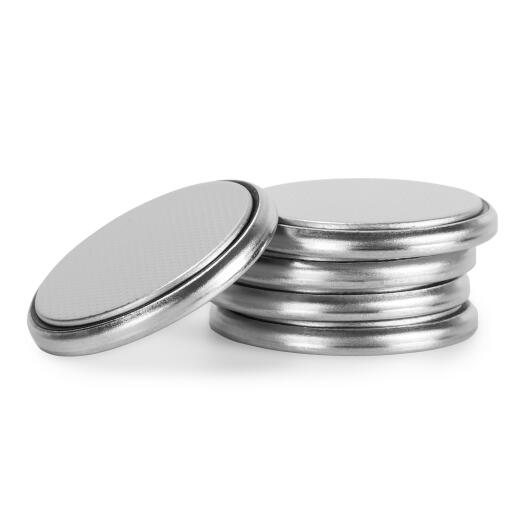Novel Method Combination Evaluates Safety Properties of Lithium Metal Batteries
The safety of battery cells is one of their key parameters. Particularly in case of new battery systems, it is inevitable to investigate them in detail before they can be commercialized. A study conducted at MEET Battery Research Center at the University of Münster enables the evaluation of safety properties of lithium metal batteries and their correlation with aging effects. The researchers focused on deciphering the influence of cyclic aging and the associated lithium metal deposition on thermal stability. For this purpose, they used a novel combination of thermal and morphological analysis methods.
Thermal Stability Correlates with Morphology of Deposited Lithium
Cells that differed in terms of state of health, state of charge and current densities during charging were studied. Herein, the accumulation of highly porous lithium metal deposits formed during charging and discharging resulted in a significant increase of released heat during thermal abuse. This is caused by the highly exothermic reaction between the deposited lithium and the liquid electrolyte. “The thermal stability correlates with the morphology of the deposited lithium,” explains MEET scientist Lukas Hellweg. The so-called high surface area lithium (HSAL) drastically reduces the thermal stability.

In order to analyze coin cells, the scientists adapted the differential scanning calorimetry used for thermo analysis. By implementation of a thermally stable gasket, the research team enabled the systematic and reproducible investigation of thermally induced reactions between the various components within the coin cell. Combined with cryogenic-focused ion beam-scanning electron microscopy, they were subsequently able to identify the correlation between the morphology of the lithium metal deposition and the thermal stability.
Entire Study Open Access
The detailed results of their study have been published by the scientists Lukas Hellweg, Thomas Beuse and Dr Markus Börner, MEET Battery Research Center, and Prof. Dr Martin Winter, MEET Battery Research Center and Helmholtz Institute Münster, in the Journal of The Electrochemical Society.

